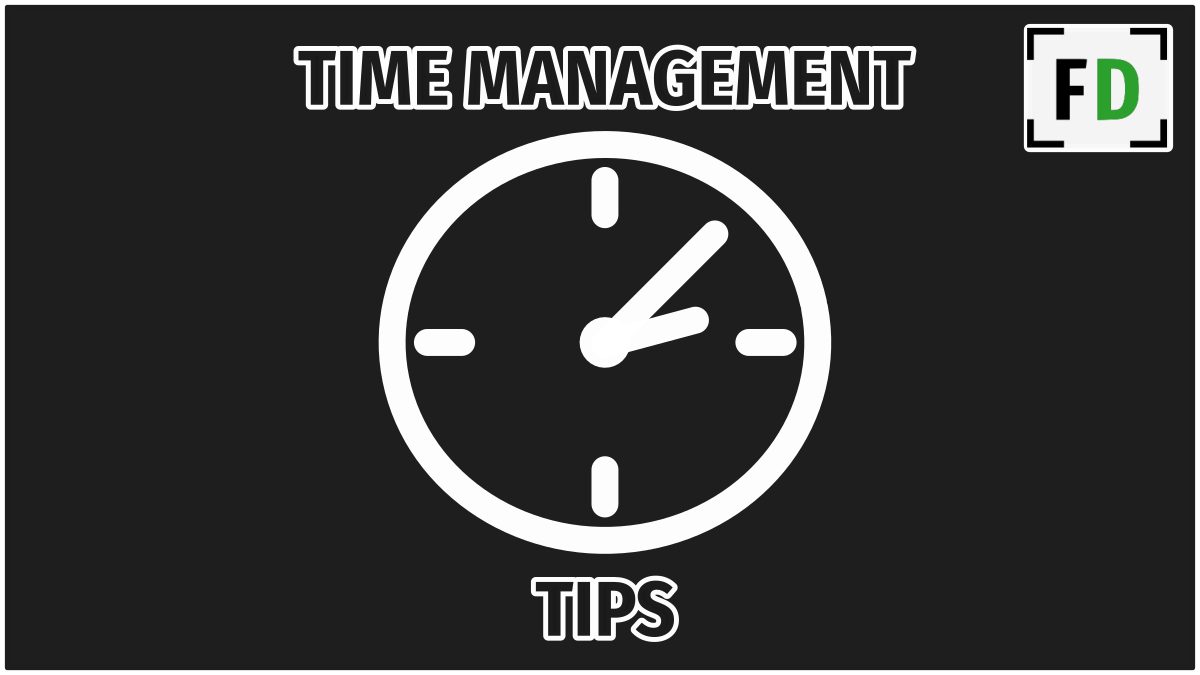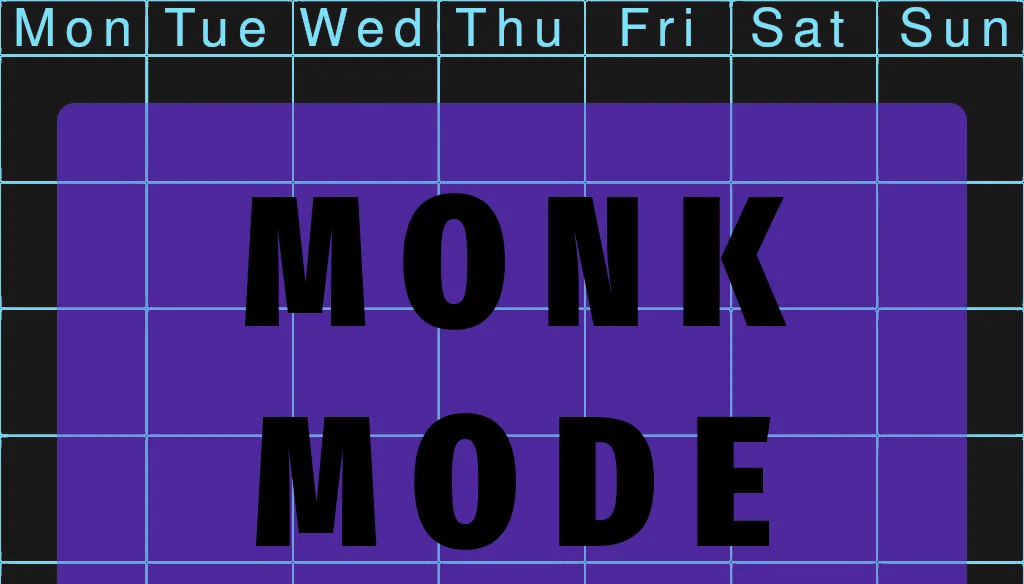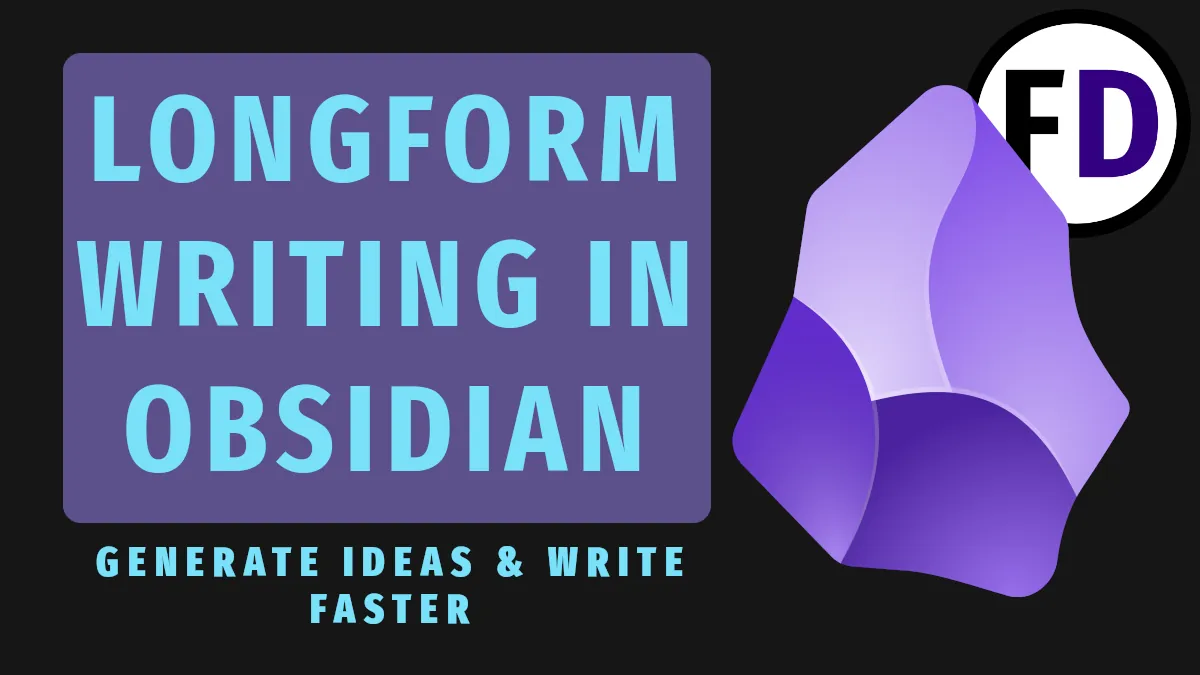Getting Things Done was published 20 years ago (2001) by David Allen and was instantly a paradigm altering classic in the self help and productivity genres. Over the last 20 years GTD has gained the reputation for being complicated to set up. The question is then, is GTD worth it?
GTD is worth the time invested if you value productivity or having a balanced working life while keeping your stress levels down. If you want to be more focused while working or give more energy to creative outputs, GTD will be worth it.
The real question is, is GTD going to be worth it for you? And are you willing to put in to GTD the time and effort that is required for it to be worth it?
How Can I Know if GTD Will be Worth it for Me?
The only real way to know if GTd is going to be worth it for you is to actually implement the system and try it.
But here I will go through the various elements of GTD, how long they take to implement and what the potential benefits would be for you. Then you can make up your own mind if you think it would be worth it for you.
What Are the Most Time Consuming Parts of GTD?

There is a time cost to using GTD. You don’t get anything for free, that being said the time you spend on Getting Things Done will save you time in the long run. I have found this to be true time and time again. Your time will mostly be spent in these three areas.
- Set Up
- Maintenance
- Weekly Review
Is GTD worth the Set up?
Setting up a functional GTD system does take some intial effort and time. It is definitely worth finding someone, if you can, to take you through your first GTD setup. There are a lot of moving parts and it’s easy to feel overwhelmed in setting up your system.
Step 1 Decisions – What tools will you use?
- What Calendar are you going to use?
- What Collect Tool will you use?
- What Task Manager Will you use?
- What List Management Will You use?
- What Reminder System will you use?
- What Storage System will you use?
- What Inbox will you use?
This may seem like a lot to decide on, however depending how you want to set up your system, one piece of software may cover a few of these functions. For example, my task management system Simpletask is my inbox, capture tool, task manager and my reminder system. Though in the past I have use different apps for each function. As my own GTD journey has progressed I have slimmed down my system to the lean beast I have today.
A little research online to decide which tools to use should take no longer than 30 minutes. If you use Android you can find the apps you need to be most productive in this article along with Simpletask – my preferred GTD app.
Step 2 Buy/Download Tools
Once you have decided on all the tools you are going to use for your new GTD system, you need to actually go out and buy or download them. Once you have access to them it may take a little time to work out how to use them. Assuming your tools are all digital it may only take 5 minutes to download them all.
Step 3 Mind Sweep
Once all the tools have been acquired, the next part of setting up a system will be going through a complete mind sweep. This is where you take everything off your mind and put it into your system. Considering how many thoughts you have each day (6,200) and how many days you’ve been alive, this can take some time. About 2 hours is normal.
Step 4 Processing
Compared to you first mind sweep populating the system will feel very different, like holding your life savings and handing them over to bank for safekeeping. Regardless of how it feels, it too will take a full afternoon or about 4 hours to complete.
| Step | Time Needed |
|---|---|
| Deciding on Tools | 30 Minutes |
| Aquiring Tools | 5 Minutes |
| Mind Sweep | 2 Hours |
| Processing | 4 Hours |
| Total | 6 Hours 35 Minutes |
So setting up a system will take you a good 7 hours or so depending on how complicated your life is. But this isn’t it, you need to maintain your system on a day to day basis, let’s look at how much time that takes.
Is GTD Worth the Maintenance?
What do I need to do to maintain my system?
- Capture
- Clarify
- Organise
- Create Tasks/Projects
- Complete Tasks and Projects

Capturing is the act of writing down any thought that occurs to you that you can’t do in the moment and that you may want to do later. The benefit is not forgetting the task but also allowing you to keep focus on what you are doing, knowing that you will come back to this new idea later and that it wont get forgotten.
A quick capture that you scribbled down while in the middle of something else will rarely be a fully fledged task, it might be more of a general idea form which a task could be formed.
While in the middle of writing an important piece for work, you may get the urge to have tacos for dinner, you scribble down tacos and keep working. Once done you clarify you capture, “Tacos” – it’s not a task, yet. Will you go to the Mexican restaurant down the road? Make some at home? “Hmm I need to go buy some taco shells form the supermarket first”
Task – Buy Tacos at supermarket on way home – Clarified
Organize, now you’ve got a task where are you going to put it? If you have an errands list or a supermarket list that would be the place, that’s all organizing is.
Tasks and projects need to be created and they need to be checked off, neither one need take more than a moment in the moment.
How Long do I Spend Maintaining My System?
I recently wrote a post where I calculated the amount of time I spend maintaining my GTD system each day, the results are in the table below
| Capturing | 5 Minutes |
| Processing | 15 Minutes |
| Processing Email | 15 Minutes |
| 2 Minute Tasks | 20 Minutes |
| Reflecting | 5 Minutes |
| Total | 60 Minutes |
Weekly Review
Aside from the initial setup and the daily maintenance, the only other part of GTD that will take up your time is the weekly review. This is David Allen’s “2 hour executive session that you hold with yourself ever 7-10 days.”
I have found that depending on how much I have going on that week it takes me 60-90 minutes to complete.
Do I Have To Do Every Part Of GTD?
Although GTD is one complete system, it is also very modular. If the idea of setting up a GTD system seems overwhelming, just start by using one part of GTD. You can also add another part later if you need to.
Capturing is by far the easiest part of GTD to set up and use. Dedicate a certain app or notebook to writing down thoughts ideas and tasks. As long as you actually use it everyday you will feel the mental benefits of having all that stuff out of your head.
The stress free in “Getting Things Done – The Art of Stress Free Productivity” comes from capturing your thoughts rather than keeping them in your head. David Allen is known for saying “Your mind is for having idea not holding them.”
But What do I Gain From Spending All This Time?

So we know there is a cost to doing GTD but what is the payoff?
- Don’t have to Remember anything
- Don’t have to think about what to do
- Life Balance
- Make progress on everything you want to
- Become much more self aware
- Pay better attention to all the parts of you life
- Better perspective by focusing on the future and not just the short term
You don’t have to remember
You’re brain can make 50,000 decisions a day, it can wrap its head around complex mathematical and abstract problems and make connections to create new ideas that have literally changed the the entire planet. And yet your brain can only remember 4-7 things at one time, if you try to remember more it just forgets something to compensate.
It’s only when you really understand how bad the brain is at short term memory that you realize why we must capture our idea as we have them. It may not come to you twice. If you’re not capturing your ideas, you are inevitably letting potentially life changing thoughts float away. Can you afford to let any good idea float away? I can’t.
You don’t have to think about what you do
Decision fatigue has come and gone as a temporal? buzzword. And although it’s not the latest thing anymore and the pod casters have all moved on, decision fatigue is a real phenomenon. In Will Power: Rediscovering Our Greatest Strength by Roy F. Baumeister, the author show that a lack of sleep, a difficult task or just hunger can reduce our willpower to the point where we can no longer say no to the slightest temptation, regardless how small.
When you have a list of doable actions there is very little to decide on. You’ve already done the thinking during clarify, therefore when it comes time to work you can just work, do action after action after action no thinking required.
Achieve a more balanced life
Work life balance was something talked about a lot in the 2000s. Allen produced the follow up to Getting Things Done – Making It All Work and quickly destroyed the idea of work life balance once and for good with the idea that you should “Make it all work” The double meaning of the title described the fact that anything you want to do that isn’t done yet is work, regardless of whether its home life or office life, whether it’s fun or not. If everything is treated the same way, you have a common method to get what you need to get done and you don’t need to be constantly shifting from work mode to home mode using two different
You will make progress on everything you want to
One day you think “I’d like to learn French.” But then your friend leans over and asks if you want to go out for sushi for lunch, so off you go. French is forgotten about.
On the other hand if you were on GTD you would have captured “French” first and then gone for some salmon sashimi. After lunch or maybe the next day you would process your inbox and see the work “French.” So you go through the work flow.
- Clarify – “French” Becomes “Find a French teacher in the area”
- Organize – You put it on your ‘Anywhere’ action list because you can google it on your phone.
- Engage – Next time you have nothing to do you google “French Teachers” and call one that’s local. You schedule your first class for the next week (which you put on your calendar, of course)
Fast forward 5 years, the you that used GTD is now fluent in French. The non GTD you is not.
This can be true for anything you want to do in life.









1 thought on “Is GTD Worth It?”
Comments are closed.